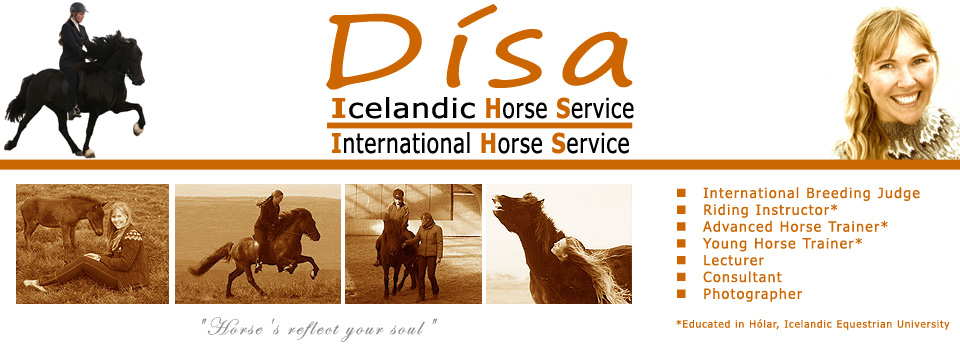When starting the training of a young horse it is important to understand the behavior science of horses so that you can expect the reactions an untrained horse will show you.
A few examples of simple facts that are important to know and understand are, for instance;
1: The horse is a flight animal and would rather run away from potential danger than to stick around and wait to see what happens.
2: Horses are very social animals and hate being alone.
3: Because the horse is a flight animal it has a natural claustrophobic reaction to anything that can delay the flight.
4: A horse has very different vision than us humans, with very wide angle but poor dept perception.
5: The stomach is small and needs to be fed several times a day.
6: Grass and hay are the best foods for a horse, not grain!
The better you understand the horse from a horse prospective, like knowing how its senses work and how it’s perception of its surrounding differs from ours, the better chance you have of getting the horse to cooperate for you.
To have yet a better chance of succeeding you’ll also need to have certain knowledge of the biomechanics to understand how the body of the horse works and what we can do to improve its capacity to carry us with the most ease and balance possible. Understanding why a relaxed top-line of a horse is important is for instance an essential part of training as well as having good balance ourselves in a straight seat with the legs under our centre of gravity.
Generally when training horses you should always start with making sure the horse is relaxed and calm, because a stressed or scared horse can’t learn anything and the communication is very difficult at the best. When the horse is relaxed it’s best to start with something he already knows, and move on to something new and then end each session on something familiar again.
It is important to remember that the horse was not born to be locked up in a stable or closed off areas. Neither was it born to carry us around on.
It is our responsibility, if we have horses in our care, to provide them with the best possible situations as close to natural environment as possible, meaning to allow them to be outside a lot, in company with other horses, get fed several times a day with roughage and be the best riders and trainers we can to help them develop their strength and balance to carry us with ease and grace like they can move when free.
